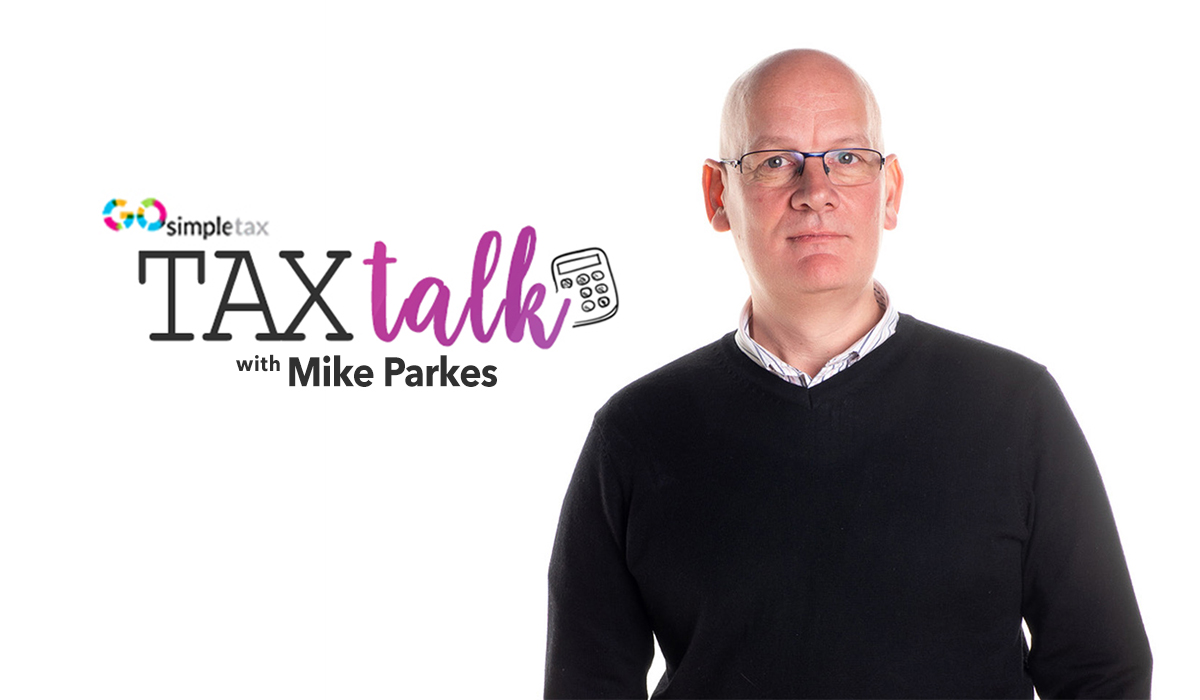It’s the time of the year that hairdressers dread – submitting your self-assessment tax return.
Whether you file a paper form to HMRC on 31 October, or fill in an online return on 31 January, the secret to submitting your self-assessment tax return on time and correctly is to be extremely organised, ready for the deadline, and to be completely clear about what it is HMRC is looking for. Otherwise, the whole process can turn out to be both stressful and slightly overwhelming.
When it comes to filing your return, it’s really important that you keep all relevant documentation to hand, so you can provide the most accurate information about untaxed income and expenses relating to those earnings. These documents include: P60/P45/P11D forms, invoices and receipts for your self-employed business or partnership, bank statements, property income and expenditure, Capital Gains proceeds and costs and also savings/investment certificates. When it comes to self-assessments, it’s all about the detail, so make sure you declare everything, in full.
With a table full of receipts and invoices, and numbers coming out of your ears, it’s very easy to make mistakes. The good news is, if you realise you’ve made an error, you have up until the filing deadline of the year after to make any changes. For example, if you’re submitting your tax return on 31 January 2022, you have until 31 January 2023 to amend anything you need.
So, what are the most common mistakes on tax returns that always trip people up?
- Missing that all-important deadline of 31 January for online submissions. If you do, HMRC will give you an automatic penalty of £100. If you’re three months late, they will then charge you a daily penalty of £10, capped at 90 days. If you’re six months late, the fine is £300, or 5% of the tax owed, if this is greater. After 12 months, they will penalise you another £300, or 5%, and, in exceptional circumstances, 100% of the tax due.
- Not keeping records. HMRC can issue penalties if adequate records are not kept; these can be in sum of up to £3,000 per tax year.
- Inaccuracy of the information submitted. HMRC has access to data from many different businesses. If they find out you have underdeclared your income, they will open an investigation into your tax affairs, which may result in further penalties.
- Claiming expenses incorrectly. Are the expenses you are including wholly and exclusively for the benefit of the salon? Are the expenses capital or revenue in nature? Is there private use on the expense that needs disallowing? They are just three questions that could completely change an individual’s tax position.
- Even, ticking the wrong boxes! Use the guides that HMRC provides to steer you through the process.
Remember, you have 12 months’ grace from HMRC, so if you make a mistake, don’t panic. Although careless and deliberate errors can be penalised, HMRC will recalculate the tax you owe. But, whatever you do, don’t ignore it!
Mike Parkes is Technical Director at GoSimpleTax – the online tax return and self-assessment software.
Found this article helpful? Find Part 1 ‘Why your salons finances should be a cut above the rest’ – Here





